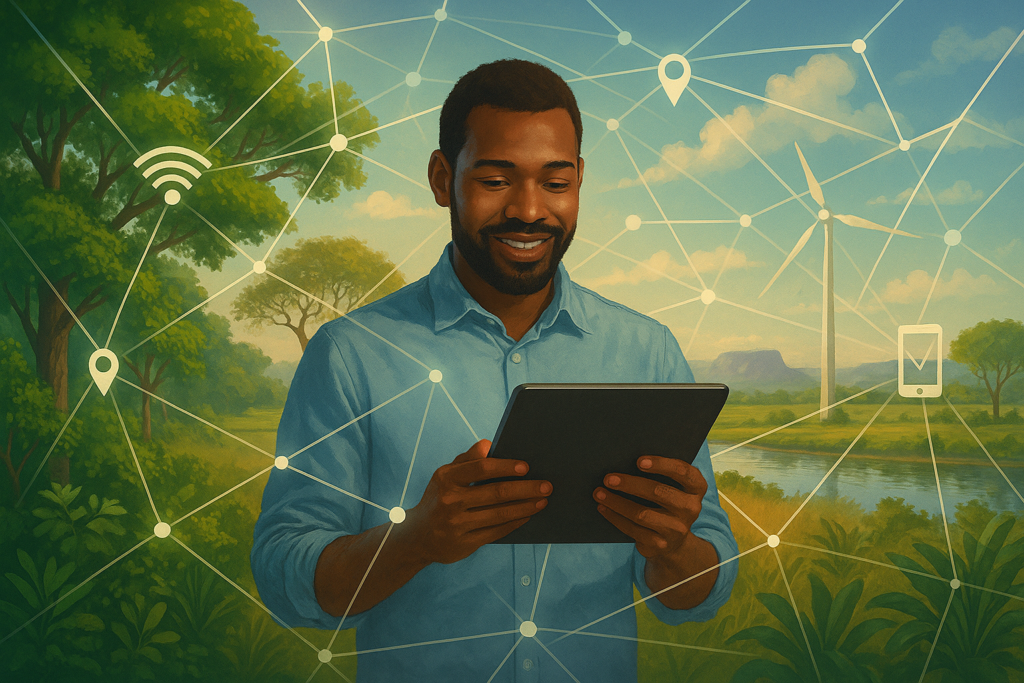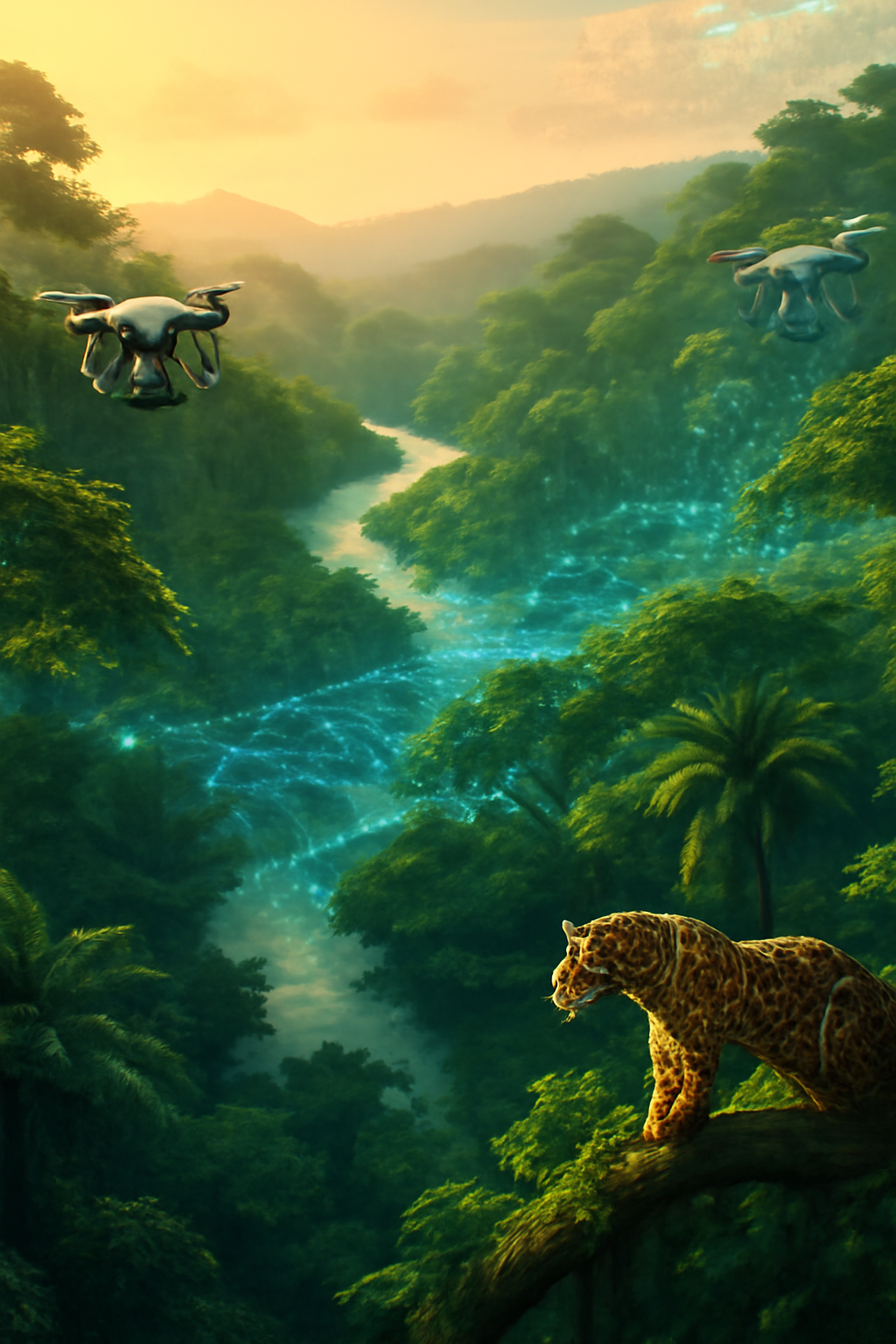🌱 Como Hábitos Simples do Dia a Dia Podem Transformar o Planeta
Você já parou para pensar em como suas escolhas diárias afetam a Terra?
Cada copo que usamos, cada luz que acendemos, cada pequeno deslocamento deixa uma marca — talvez invisível, mas real.
A verdade é que a sustentabilidade não se constrói muito rapidamente nem com grandes gestos isolados; ela nasce de pequenas decisões conscientes, repetidas ao longo do tempo.
Aqui estão cinco mudanças simples e acessíveis que você pode começar hoje mesmo — atitudes que reduzem seu impacto ambiental e, ao mesmo tempo, trazem mais clareza e propósito para a vida cotidiana.
1. Reduza o plástico e recupere a simplicidade

🧴 Você tem consciência de quanto plástico usa todos os dias?
Canudos, garrafas, embalagens… o plástico nos cerca constantemente. Essa conveniência, porém, tem um custo que dura séculos.
A maioria dos plásticos leva centenas de anos para se decompor, e grande parte acaba nos oceanos, onde a vida marinha os confunde com alimento.
Mudanças práticas
Use garrafas e recipientes reutilizáveis.
Aço inox ou vidro duram anos e mantêm a água mais limpa.
Leve sacolas de pano ou lona para compras.
São resistentes, reutilizáveis e reduzem drasticamente o uso de descartáveis.
Prefira produtos com menos embalagem.
Apoie marcas que utilizam materiais biodegradáveis ou sistemas de refil e compre a granel sempre que possível.
Cada pequena escolha envia uma mensagem clara: a sustentabilidade começa no caixa — e nas nossas mãos.
2. Economize energia e fortaleça a consciência

💡 Quais hábitos você já pratica para economizar energia em casa?
A eletricidade move a vida moderna, mas o uso consciente mantém o planeta — e o bolso — em equilíbrio. A produção de energia ainda é uma das maiores fontes de emissões de carbono.
Usá-la com responsabilidade é uma das formas mais simples de agir pelo clima.
Mudanças práticas
Apague luzes e desligue aparelhos quando não estiverem em uso.
Um hábito simples que reduz contas e o consumo de recursos.
Troque lâmpadas por LEDs.
Elas consomem menos energia e duram muito mais.
Aproveite a luz natural.
Abra cortinas, aproxime a mesa da janela e deixe o sol iluminar sem custo algum.
Energia economizada é energia criada — e a consciência de uma casa pode iluminar comunidades inteiras.
3. Escolha formas mais sustentáveis de se locomover
🚲 Quando foi a última vez que você caminhou, pedalou ou dividiu uma carona?

O transporte é uma das maiores fontes de poluição urbana. Ainda assim, cada trajeto pode ser um voto por um ar mais limpo e uma cidade mais humana.
Mudanças práticas
Caminhe ou pedale sempre que possível.
Zera emissões e ainda beneficia corpo e mente.
Use transporte público.
Ônibus e trens transportam dezenas de pessoas com a energia de poucos carros.
Compartilhe caronas.
Reduz combustível, fortalece vínculos e diminui o trânsito.
Nem todo caminho pode ser feito a pé, mas quando cada pessoa contribui um pouco, o impacto coletivo é enorme.
4. Coma com intenção, não por impulso
🥗 O que aconteceria se você experimentasse uma refeição vegetariana nesta semana?
A alimentação influencia diretamente os ecossistemas. A produção industrial de carne responde por emissões elevadas de gases de efeito estufa e pelo desmatamento. Mas a comida também pode ser um ato de regeneração.
Mudanças práticas
Compre alimentos locais e orgânicos quando possível.
Eles percorrem menos distância, apoiam produtores e reduzem a poluição.
Reduza o consumo de carne.
Não é preciso eliminar — algumas refeições vegetais por semana já fazem diferença.
Evite desperdício.
Reaproveite sobras, use integralmente os ingredientes e cozinhe com atenção.
Comer de forma consciente reconecta você à terra que sustenta a vida.
5. Pratique gentileza digital

💻 Conectar-se pelas telas também pode cuidar do planeta?
Viver online é quase inevitável, mas isso não precisa ser automático ou inconsciente. Nosso comportamento digital afeta pessoas reais — e até o meio ambiente, já que dados também consomem energia.
Mudanças práticas
Desconecte-se regularmente.
Reserve momentos sem telas para caminhar, ler ou simplesmente respirar.
Seja gentil na internet.
Uma palavra positiva pode transformar o dia de alguém.
Participe de iniciativas ambientais online.
Grupos digitais de sustentabilidade permitem agir localmente e pensar globalmente.
Quando a tecnologia vira ponte, a empatia floresce.
O poder dos pequenos atos
🌍 A mudança nasce do cotidiano
Viver de forma sustentável é democrático: qualquer pessoa pode participar.
Não é preciso ter um carro elétrico ou painéis solares para causar impacto.
O que importa é a constância — milhões de pequenas ações somadas geram transformação real.
Uma garrafa reutilizável inspira outras pessoas. Uma comunidade que valoriza áreas verdes faz a cidade respirar.
Pequenas mudanças criam grandes harmonias.
Um amanhã mais conectado

Hábitos sustentáveis não curam apenas o planeta — eles refinam nossa relação com o tempo, com os outros e conosco.
Ao repensar o consumo, a alimentação e a presença digital, aprendemos que cuidar é contagiante.
A tecnologia conecta o mundo; a ética dá sentido a essa conexão.
Comece hoje com um gesto simples: reabasteça sua garrafa, plante uma semente, desligue uma luz, espalhe gentileza.
Nenhuma ação é pequena quando feita com intenção.
Como disse Anne Marie Bonneau:
“Não precisamos de poucas pessoas fazendo lixo zero perfeitamente. Precisamos de milhões fazendo de forma imperfeita.”
Essa é a revolução silenciosa — pessoas conscientes transformando dias comuns em mudanças extraordinárias.
